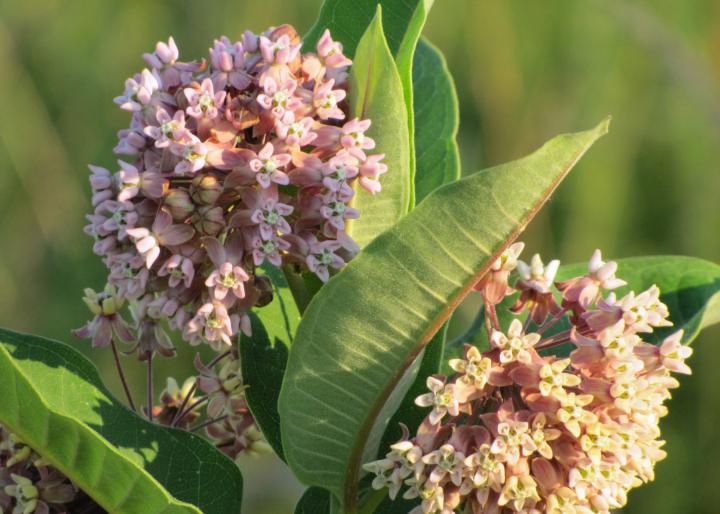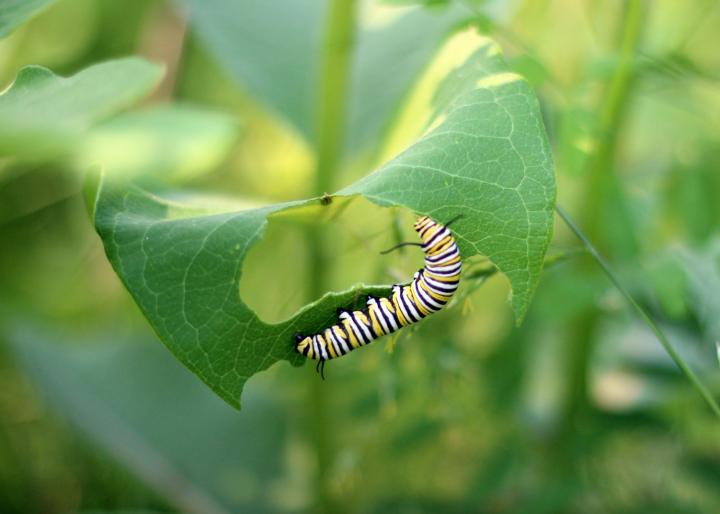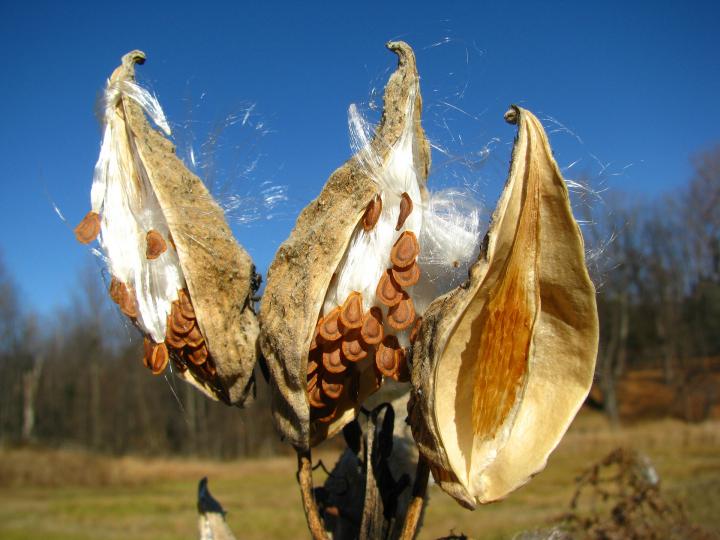
Learn About Milkweed—an Important Native Plant!
ADVERTISEMENT
I would like to know how to store the milkweed sap for warts and such in small amounts and how long will it be effective
We used to take the tips of the milkweed and boil them slightly. Then drain them. After patting them dry we would do like a stir fry with butter in a frying pan with them. They would kind of taste like green beans.
I'm wondering where to buy "pure" milkweed seeds. After reading the comment below about the seeds not being organic and free from pesticides I have to ask where can I buy some now?I don't live in the country (although I'd like to! I married such a city boy!) nor do I know anyone who does.
Thank you!
I live in an area where milkweed grows in open fields. I can send you milkweed pods. You'll be picking your own milkweed seeds
Text back and we can arrange it.
I read your article and unfortunately it is derived from incorrect information as common milkweed, even eaten raw, is not bitter or toxic. The information you received was passed down from a misidentified dogbane by Euell Gibbons back in 1962 and apparently that information “stuck”.
I agree with you Chris. For many years, I was afraid of eating common milkweed (Asclepias syriaca) for the same reason. Euell Gibbons' "Stalking the Wild Asparagus" was one of the first books about wild plants I owned back in the 80's. Out of curiosity, I eventually wanted to know how bitter this plant was and ate a very small bit of leaf - it was sweet! Since then, I harvest flowers, leaves, and young stems for food and drinks, being careful to first check leaves for monarch eggs. I routinely pinch off the tops as a treat when working in the rest of the garden. What I know is that you can be allergic or sensitive to ANY plant food, even common produce you'd find in a market. But since I discovered how delicious milkweed is (and haven't gotten sick or died, lol) I will continue to eat this plant without boiling "in several changes of water".
Thank you for your feedback! All readily available sources that we could find claim that milkweed is indeed mildly toxic to livestock and humans due to the presence of cardenolides. Here are a few:
- https://extension.psu.edu/toxic-weed-milkweed
- http://www.ladybug.uconn.edu/FactSheets/asclepias-milkweeds.php
- https://csuvth.colostate.edu/poisonous_plants/Plants/Details/11
- https://www.ncbi.nlm.nih.gov/pmc/articles/PMC3770985/
However, if you could provide a link to sources stating otherwise, we would be happy to read more about it!
Read about milkweed from highly respected wild plant expert Sam Thayer who cautiously decided to taste a bit of milkweed like I did and also found it to be delicious.
South Central Indiana: I was interested in growing milkweed in our backyard, which borders a local farmer's field. When I mentioned the idea to our neighbor (to promote monarch butterflies), he informed me that the plant is deadly poisonous to cattle, and he would prefer that I NOT plant any, since it could easily spread to his field and be eaten by his cattle! (Just passing along the information in the interest of keeping peaceful relations with neighbors who raise cattle!) Thank you for the article - I hope others can grow milkweed & find it useful.
The common milkweed plant is the easiest to grow. Some of the others varieties I have tried from nurseries do not survive. Monarchs love milkweed and we are always delighted to see the caterpillars. We are always happy to share the seed pods in the fall, too.










